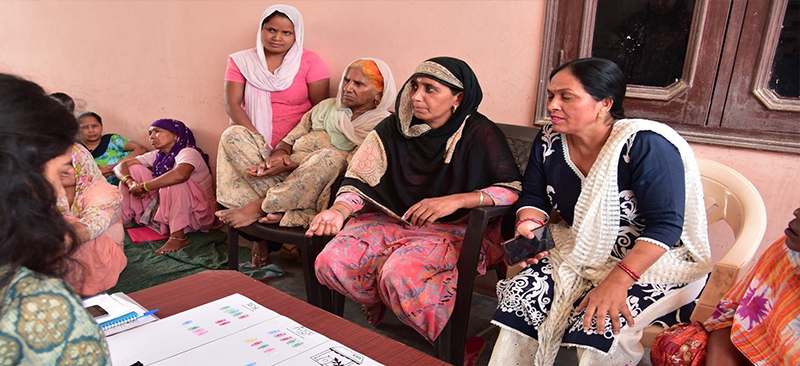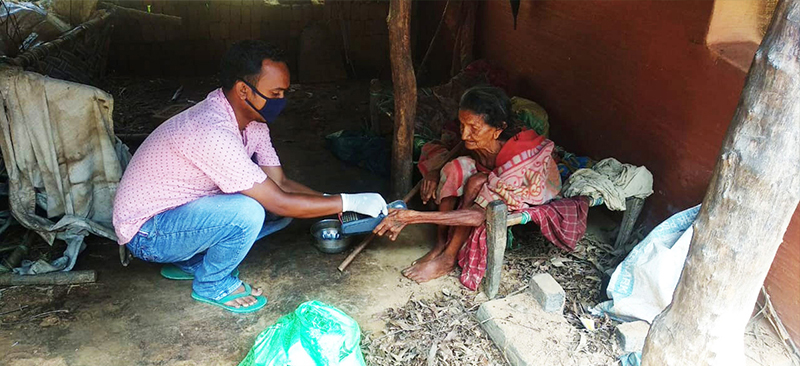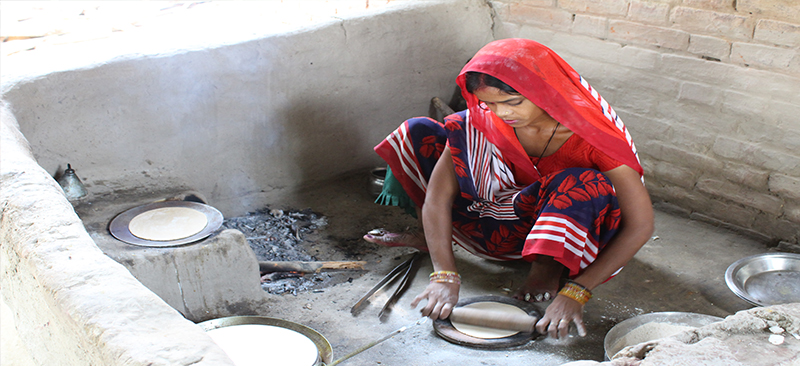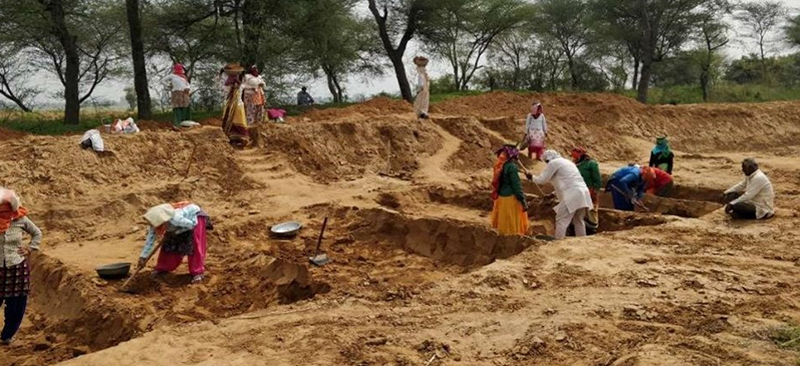A review of the effectiveness of India’s Direct Benefit Transfer system during COVID-19: Lessons for India and the world
During the COVID-19 pandemic, the Government of India (GoI) announced a relief package in March 2020 worth USD 23.2 billion under the Pradhan Mantri Garib Kalyan Yojana (PMGKY) program. Within two weeks from the announcement of the PMGKY program, the GoI used the DBT system to transfer USD 3.9 billion to 318 million beneficiaries. However, the delivery of cash benefits has been fraught with various challenges. Therefore, it is necessary to understand the efficiency of various cash transfer delivery mechanisms and the challenges associated with benefit delivery during the pandemic.
This paper examines the use of existing cash transfer programs and the payment infrastructure used for the timely delivery of PMGKY benefits during the COVID-19 pandemic in India. Additionally, the paper draws insights from PMGKY beneficiaries’ cash withdrawal/access preferences and experiences from MicroSave Consulting’s (MSC) two rounds of assessment of the GoI’s response to COVID-19.
How effective was India’s Direct Benefit Transfer system during the COVID-19 pandemic?
During the COVID-19 pandemic, the Government of India (GoI) announced a relief package in March 2020 worth USD 23.2 billion under the Pradhan Mantri Garib Kalyan Yojana (PMGKY) program. Within two weeks from the announcement of the PMGKY program, the GoI used the DBT system to transfer USD 3.9 billion to 318 million beneficiaries. However, the delivery of cash benefits has been fraught with various challenges. Therefore, it is necessary to understand the efficiency of various cash transfer delivery mechanisms and the challenges associated with benefit delivery during the pandemic.
This paper examines the use of existing cash transfer programs and the payment infrastructure used for the timely delivery of PMGKY benefits during the COVID-19 pandemic in India. Additionally, the paper draws insights from PMGKY beneficiaries’ cash withdrawal/access preferences and experiences from MicroSave Consulting’s (MSC) two rounds of assessment of the GoI’s response to COVID-19.
Beyond the barriers of affordability: An analysis of India’s cooking fuel support program under the COVID-19 assistance package
As India was struck hard by the COVID-19 pandemic, the government declared several relief measures under the Pradhan Mantri Garib Kalyan Yojana (PMGKY). As part of PMGKY, the Pradhan Mantri Ujjwala Yojana (PMUY) beneficiaries were to receive advance cash transfers in their bank accounts to purchase three liquefied petroleum gas (LPG) canisters. According to government statistics, around 75 million women received the transfers.
MSC conducted two rounds of demand–side research using a mixed–methods approach to evaluate the efficacy of this intervention and the experience of beneficiaries in receiving the cash transfers and purchasing LPG refills during and after the lockdown. The paper suggests that India must now work to promote and sustain LPG usage, which remains a significant challenge.
How can the government improve the uptake of LPG refills issued under Pradhan Mantri Ujjwala Yojana and facilitate a complete shift to clean fuel?
As India was struck hard by the COVID-19 pandemic, the government declared several relief measures under the Pradhan Mantri Garib Kalyan Yojana (PMGKY). As part of PMGKY, the Pradhan Mantri Ujjwala Yojana (PMUY) beneficiaries were to receive advance cash transfers in their bank accounts to purchase three liquefied petroleum gas (LPG) canisters. According to government statistics, around 75 million women received the transfers.
MSC conducted two rounds of demand–side research using a mixed–methods approach to evaluate the efficacy of this intervention and the experience of beneficiaries in receiving the cash transfers and purchasing LPG refills during and after the lockdown. The paper suggests that India must now work to promote and sustain LPG usage, which remains a significant challenge.
Efficacy of MGNREGA in mitigating the loss in income and unemployment caused by the COVID-19 pandemic
The COVID-19 pandemic and resulting lockdown disrupted the lives and livelihoods of the migrant workforce, which represents 38% of India’s total population. As a part of a series of relief measures under the Pradhan Mantri Garib Kalyan Yojana, the Government of India provided employment opportunities to the distressed rural households through Mahatma Gandhi National Rural Employment Guarantee Act (MGNREGA).
However, the surge in demand for work, payment delays, and issues in the program design posed challenges to its efficacy. MSC’s paper assesses the program’s success in tackling the loss of income and livelihood and lists key challenges India faced in addressing the crisis.





